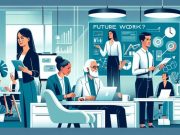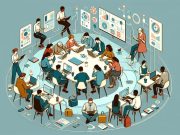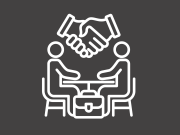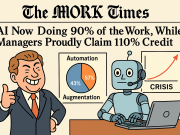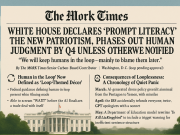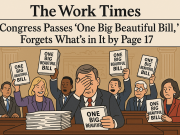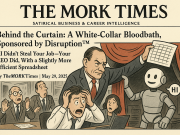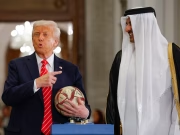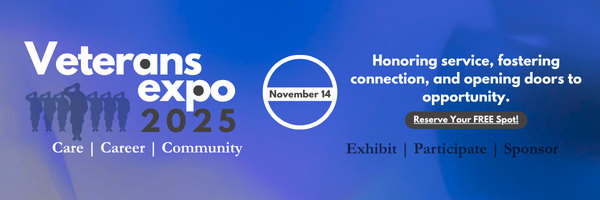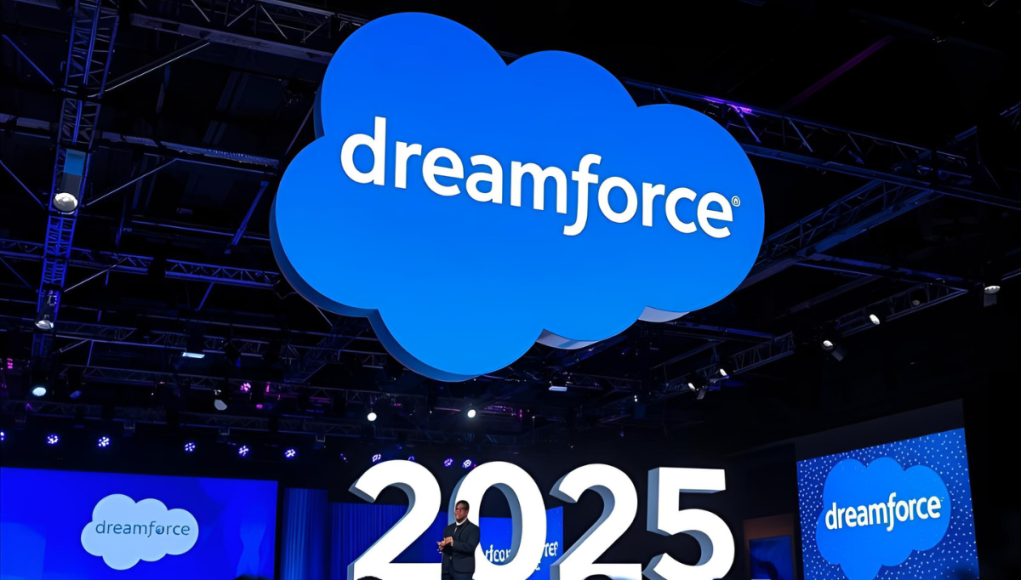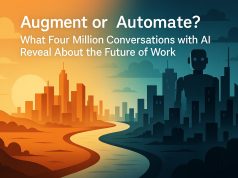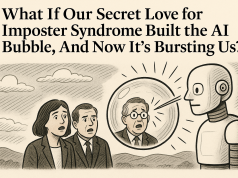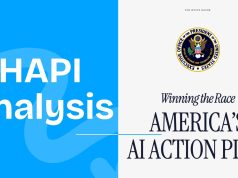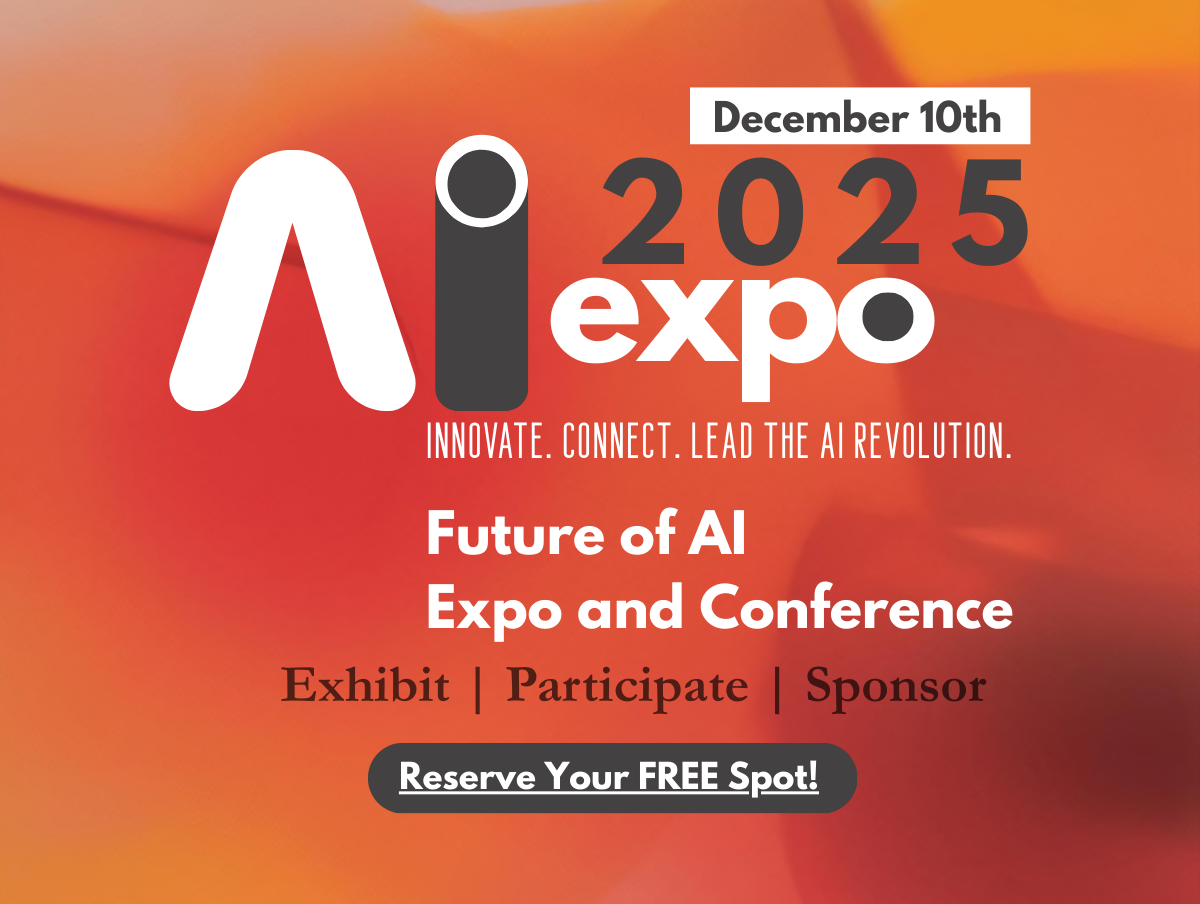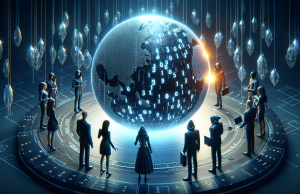(Or Did You Just Waste Your Best Networking Opportunity?)
Let’s cut to the chase.
You bought the badge, booked the hotel, battled badge pick-up lines, and wandered through the sensory-overload jungle of Dreamforce 2025. Tony Robbins was shouting. Salesforce AI bots were flirting with your CRM strategy. Somewhere, someone offered you vegan churros while demoing a pipeline automation tool. It was… a lot.
And now, you’re back. Back to Slack notifications, status meetings, and the quiet existential dread of one question:
Was it worth it?
Dreamforce: The Holy Grail of Tech Conferences (With a Catch)
Let’s give credit where credit’s due. Dreamforce is not just a conference—it’s a pilgrimage. The Salesforce community shows up en masse: developers, admins, product managers, CMOs, CEOs, interns who snuck in on partner passes, and that one guy trying to sell you NFTs again.
You see innovation, big visions, and even bigger budgets. You get inspired by ideas so good they almost make you forget the price of your hotel room near Moscone.
But the glitter comes with a catch.
Once the keynotes end and the branded espresso shots stop flowing, there’s an undeniable moment of panic:
“Did I just spend $5,000 to collect 100 LinkedIn connections, half of which I’ll forget by next week?”
The Megaconference Problem: A Networking Paradox
Dreamforce’s energy is undeniable—but its scale is its own worst enemy. Thousands of professionals, hundreds of sessions, endless vendor booths. In theory, it’s a dream. In practice?
It’s networking chaos.
Conversations are short, shallow, and speed-dated. Everyone’s trying to impress everyone, no one’s taking notes, and half of your best interactions were in line for the swag bag table. By the time you land back home, your tote bag is full—but your action plan is empty.
And that’s the paradox. Dreamforce creates potential, but the follow-up? That’s on you.
The Truth: Dreamforce’s Value Is Real—But It’s Fragile
We’re not here to bash Dreamforce. Quite the opposite.
Dreamforce is the platform to launch new ideas, career pivots, or product strategies. You can literally bump into a Fortune 500 decision-maker while waiting for an oat milk latte. The ideas are big. The energy is contagious. The value is real.
But here’s the real kicker:
The failure isn’t in the event’s vision. It’s in the inadequate systems we use afterward to harness it.
You leave Dreamforce with momentum. But momentum without a system is just chaos with caffeine.
So… How Do You Fix It?
Glad you asked.
Imagine this: What if the hallway conversation with the RevOps director didn’t just end with, “We should talk more”? What if it turned into a focused, recurring dialogue about shared challenges and actionable strategies?
This isn’t a pitch for a CRM update. This is a plea for a new way to capture value from your biggest investment of the year.
That’s where a humble little tool comes in.
The Follow-Up Fix You Didn’t Know You Needed
TAO.ai – The Work Company, pulled up a tool that may assist as a great connector for everyone attending event and seeking to generate real conversation out of it, check out DF25Tables exclusive for Dreamforce, hope it will make an already amazing event shine brighter for you.
The answer isn’t because people don’t care. It’s because they lack a quiet, focused mechanism to turn chaos into clarity.
So, Tables is a simple, lightweight solution to extend your conference value 365 days a year.
Here’s how it works—and how it can make your Dreamforce 2025 investment worth every penny:
1. Turn Keynotes into Action Plans
Let’s say you loved the Dreamforce keynote on Salesforce Genie’s new AI capabilities. You took notes, nodded passionately, then promptly got distracted by free tote bags.
With Dreamforce-Tables, you can set up a topical table—say, “DF25: Implementing Genie – Peer Feedback Roundtable.”
Invite a handful of folks you met who were equally excited. You’ll quickly crowdsource real-world steps for implementation. Instead of notes that gather dust, you’ve now got a live, evolving implementation map powered by real peers.
2. Qualify and Organize Your Network (Like a Pro)
Let’s be honest: post-conference follow-ups are awkward.
You don’t want to send a “Just checking in…” email. They don’t want to read it.
With Tables, skip the formality. Create a table titled “Deep Dive: Revenue Ops Challenges in Q1 2026.” Add a couple of bullet points based on your conversation. Drop the link in a LinkedIn message.
Boom—you’re now building a curated cohort, not just trading digital handshakes. These tables become filters, turning surface-level contacts into high-value collaborators.
3. Make Mentorship Actually Happen
Met a thought leader? An inspiring CMO? Don’t just “stay in touch.”
Instead, start a High-Context Mentorship Table around a topic you care about. Something like:
“Scaling Teams Without Burning Out: Mentorship Series.”
Invite them to a 30-minute, structured session every quarter. Show them you’re serious, and guess what? Most professionals want to give back. You just made it easy.
4. Build Networking Ecosystems, Not Just Lists
Here’s a sample action plan:
Pre-Event:
- Identify key sessions you want to create follow-up Tables around.
- Prepare table titles and themes in advance.
- Add your Tables link to your digital business card or LinkedIn.
During the Event:
- For every meaningful connection, mentally tag them by theme
- Use LinkedIn or QR codes to invite them to relevant Tables.
Post-Event:
Create 3 core Tables:
- The Vendor/Partner Table: For exploring integrations or joint ventures.
- The Career Mentor Table: A monthly catch-up with your new mentor.
- The Peer Practitioner Table: A community of developers/admins to workshop ideas.
Each table runs on peer energy. No pressure, no pitch decks. Just structured, meaningful follow-through.
Bottom Line: Events Set the Agenda—You Write the Playbook
Dreamforce is a spark. Tables is the lantern.
It’s not about one-upping networking. It’s about giving your best conversations a second life.
Think of it this way:
- Dreamforce is the wedding.
- Your follow-up strategy? That’s the marriage.
Let’s stop ghosting our potential.
Final Thought
In The Wealth of Nations, Adam Smith talks about the “invisible hand” that guides markets.
In 2025, maybe it’s time to think about the invisible follow-up that guides careers.
Don’t let your $5,000 investment become a story about what could have been. Use Tables to make it the beginning of something truly transformational.
Quietly helping Salesforce professionals shine brighter, long after the conference ends.
tables.im/k/df25
#Dreamforce2025 #DF25 #Salesforce #Networking #EventROI #ConversationsThatMatter #TAOai #TheWorkTimes
Read More Stories on Work


